At the top of the King Seiko food chain and with enough dial text to rival a modern Rolex, Seiko made it obvious that they were ticking all the boxes with this 5246-6000 Special Chronometer.
(Click pictures to enlarge)
As many enthusiasts will know, Seiko’s vintage watches were produced by two wholly owned subsidiaries; Daini Seikosha Co. and Suwa Seikosha Co. During the 1960’s and early 70’s the two companies were competing to produce Seiko’s flagship models and although both companies produced watches for all segments of the market, the competition was most evident at the ‘prestige’ end of the market where technological development and accuracy were key factors.
In December 1960 the Suwa factory released the first Grand Seiko model, realising their long held ambition to produce a chronometer rated timepiece that exceeded the recognised standards of the Official Swiss Chronometer Testing Institute, the Contrôle Officiel Suisse des Chronomètres (COSC).
In response the Daini factory released the first King Seiko model in August 1961, but without a chronometer rating it was deemed inferior to the Suwa Grand Seiko.
What it did do however was spark a rivalry between the two companies which would see the development of some outstanding high-beat manual and automatic calibres which were undoubtedly the pinnacle of their output prior to the quartz revolution.
For a more in-depth overview of the Grand and King Seiko models, check out this excellent two part series written by Evan Yeung for the online watch magazine Monochrome.
The subject of this post is arguably the best watch that the Daini factory produced, but before getting into what’s inside, let’s have a closer look at the case. Turning the watch over you immediately know this is an unusual model as it is completely smooth; no caseback or medallion, just a simple KS logo, model number and opening instructions.
Between the lower lugs is a screw to allow for fine regulation but more on that later…
To open the watch the bezel has to be levered off and the crystal and gasket removed. The mineral crystal is mounted in a stainless steel ring which slots into the gasket and the bezel compresses the two to form a waterproof seal.
When removed, a pin or small screwdriver is then used to press down the lever opposite the 4 marker on the dial and the stem and crown can be pulled out.
A casing spring holds the movement securely in the case which has to be rotated before the watch can be from the case.
Inside is the Seiko cal. 5246A, a chronometer rated 25 jewel automatic movement with a beat rate of 28,800 bph. The calibre can also be hand wound and has quickset functions for both the day and date via the crown.
The architecture is unique to the 52xx family, it shares no parts with other lines. The automatic winding mechanism is typical of the higher end Daini calibres using a roller system rather than the magic lever used on lower quality calibres and there are also diafix installations on the escape and third wheel pivots to prevent oil contamination and promote a more stable rate.
Like all other 5 series calibres, under the dial is a raft of parts making up the calendar mechanism and keyless works. Over-engineered? Possibly.
One last thing to cover is the micro-adjuster mechanism which I alluded to earlier. On the outer edge of the movement is a regulating lever and a screw with an eccentric centre section used to provide fine regulation without having to remove the watch from the case.
The screw between the lugs is removed from the case and a small screwdriver can then be used to rotate the regulating screw, sliding the connected lever either left or right to increase or decrease the rate of the watch. A very useful feature.
Having worked on the majority of Seiko’s vintage calibres I can say that this one is certainly on a par with any of the Grand Seiko calibres and this watch would be a worthy addition to any vintage Seiko collection. The hard part may be finding one as they rarely come up for sale these days.
The movement needed no more than a new mainspring and a routine service this time, so with the case cleaned and the watch rebuilt it was soon back in full working order.
Rich.

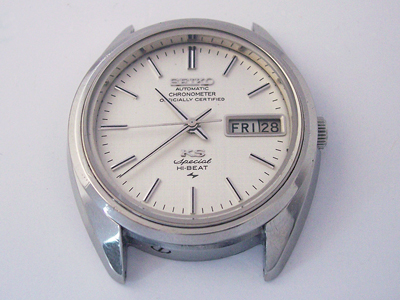
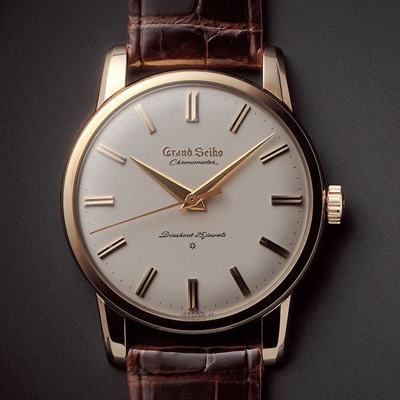
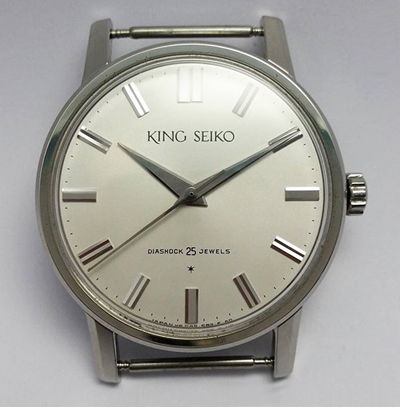
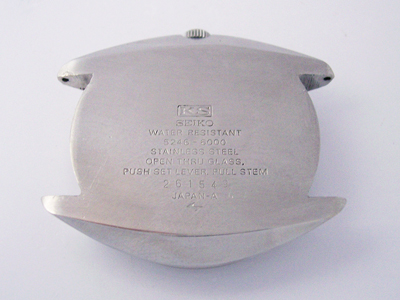
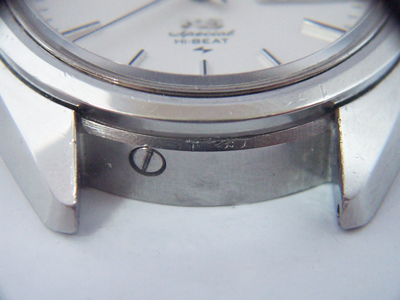
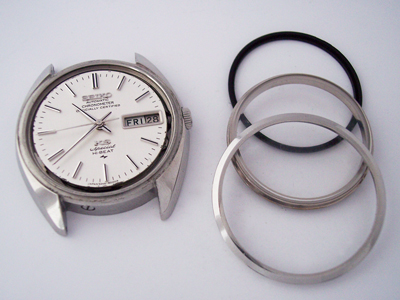
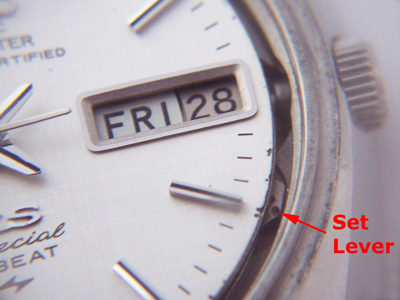
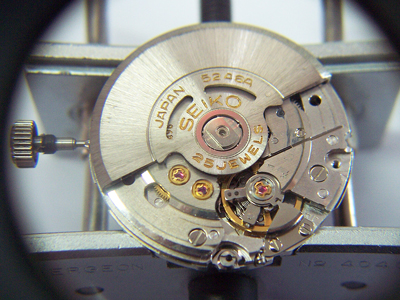
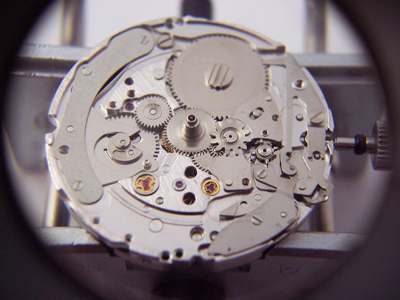
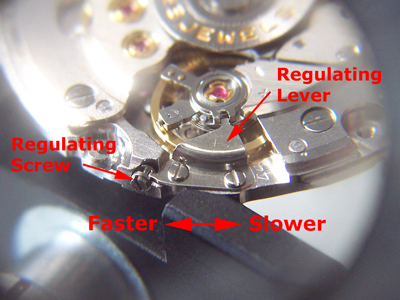
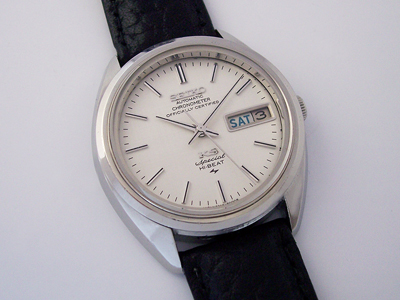
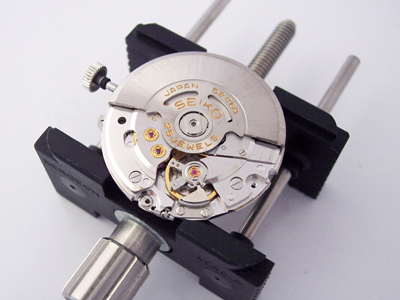
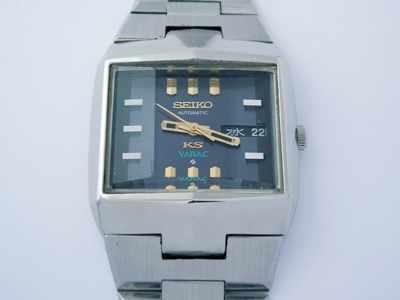
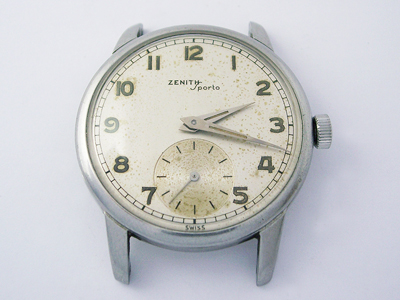
I’m looking for a replacement dial for one of these, but I have no idea where and if I can find one. Any help is greatly appreciated